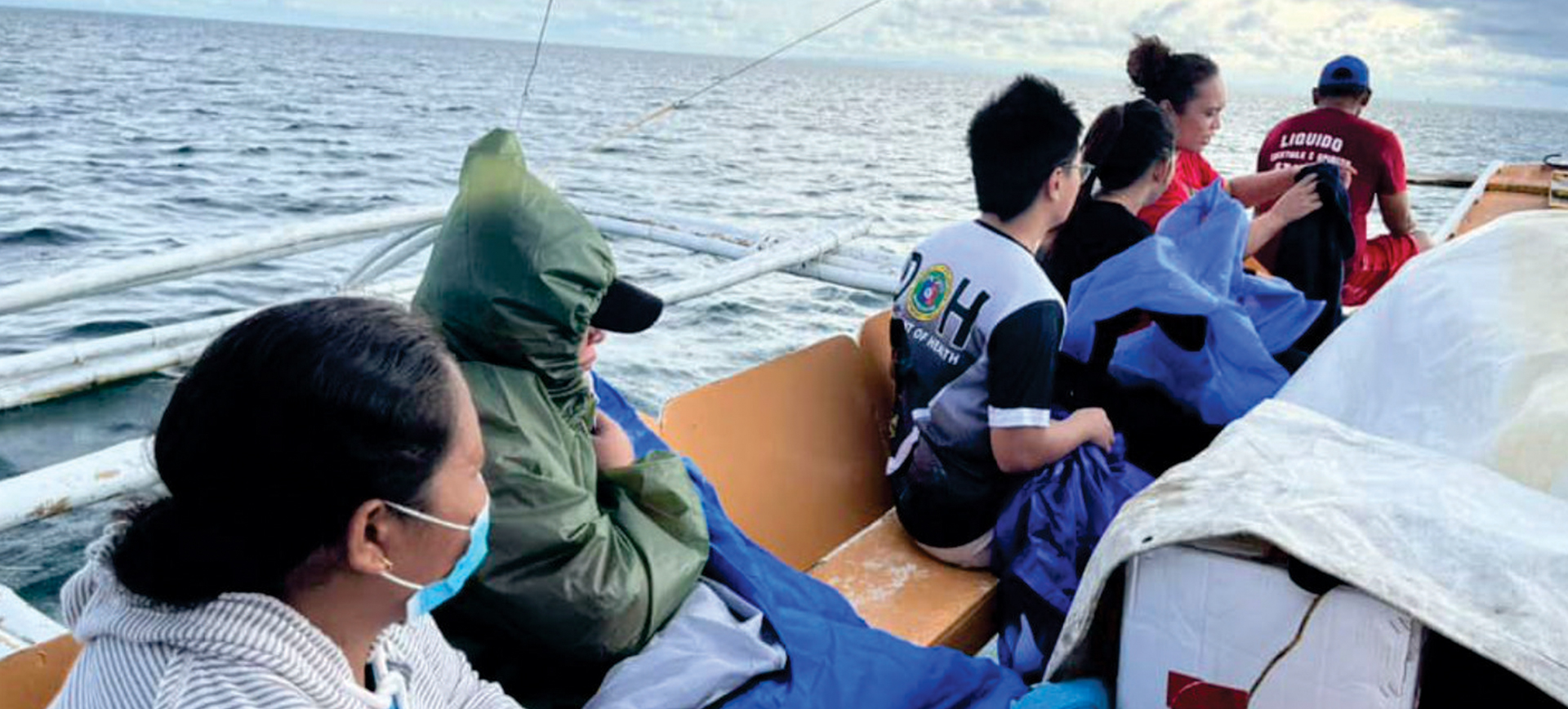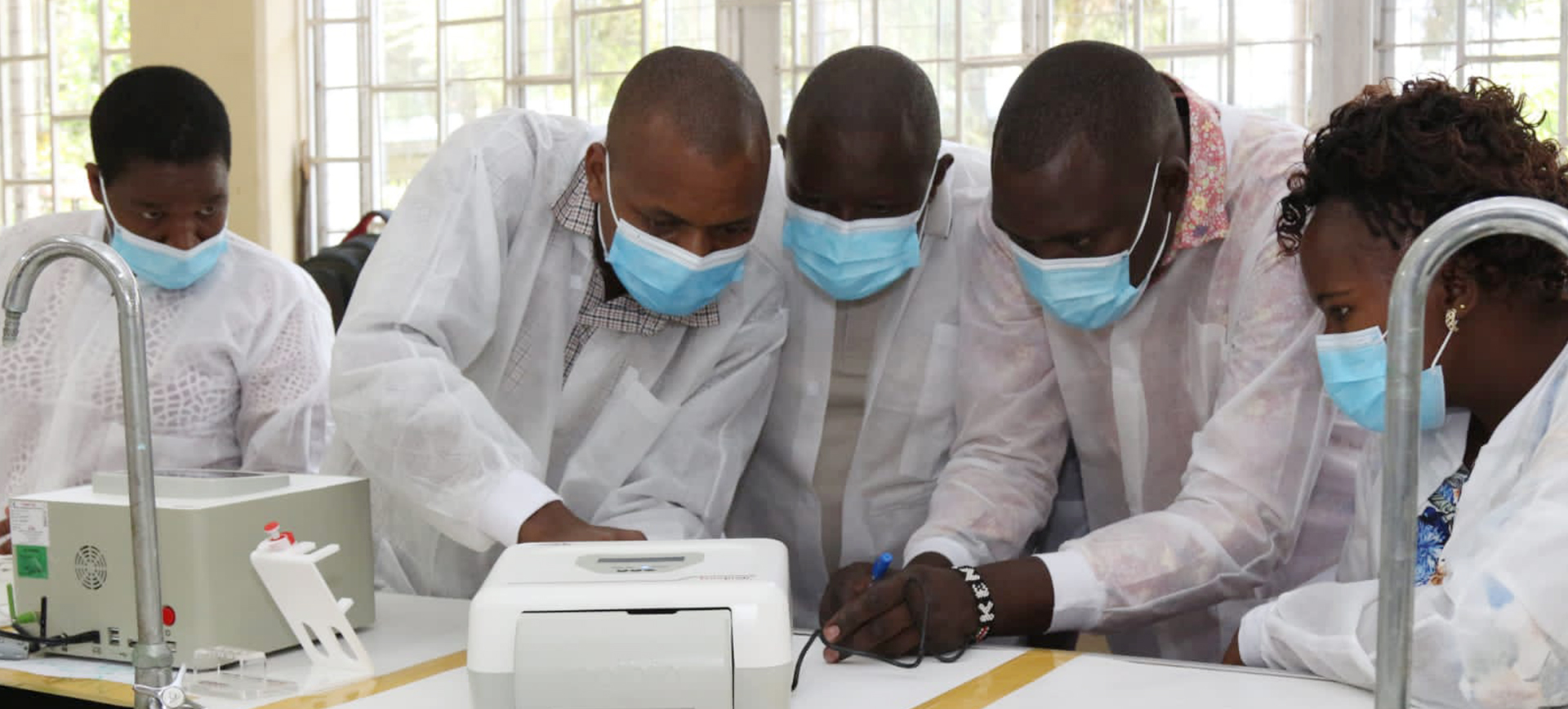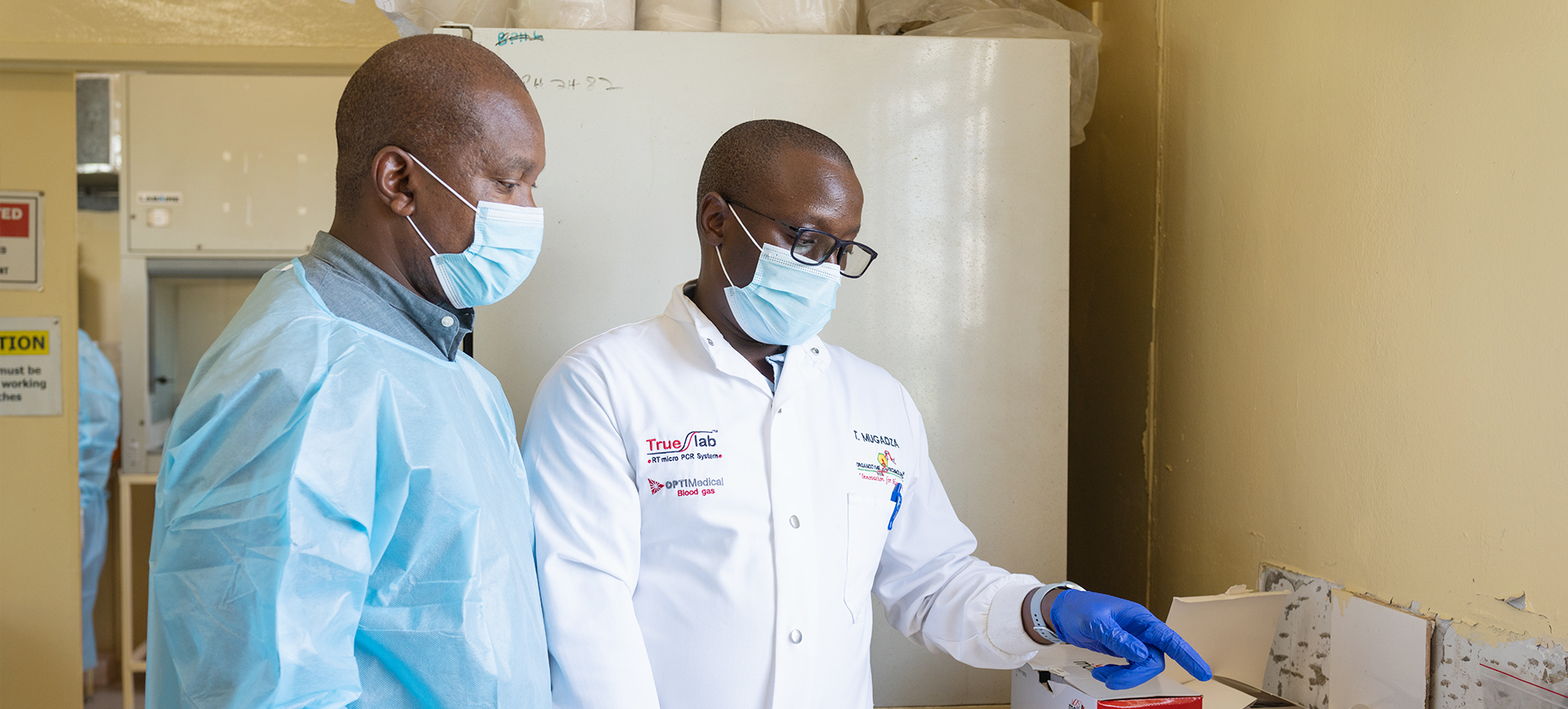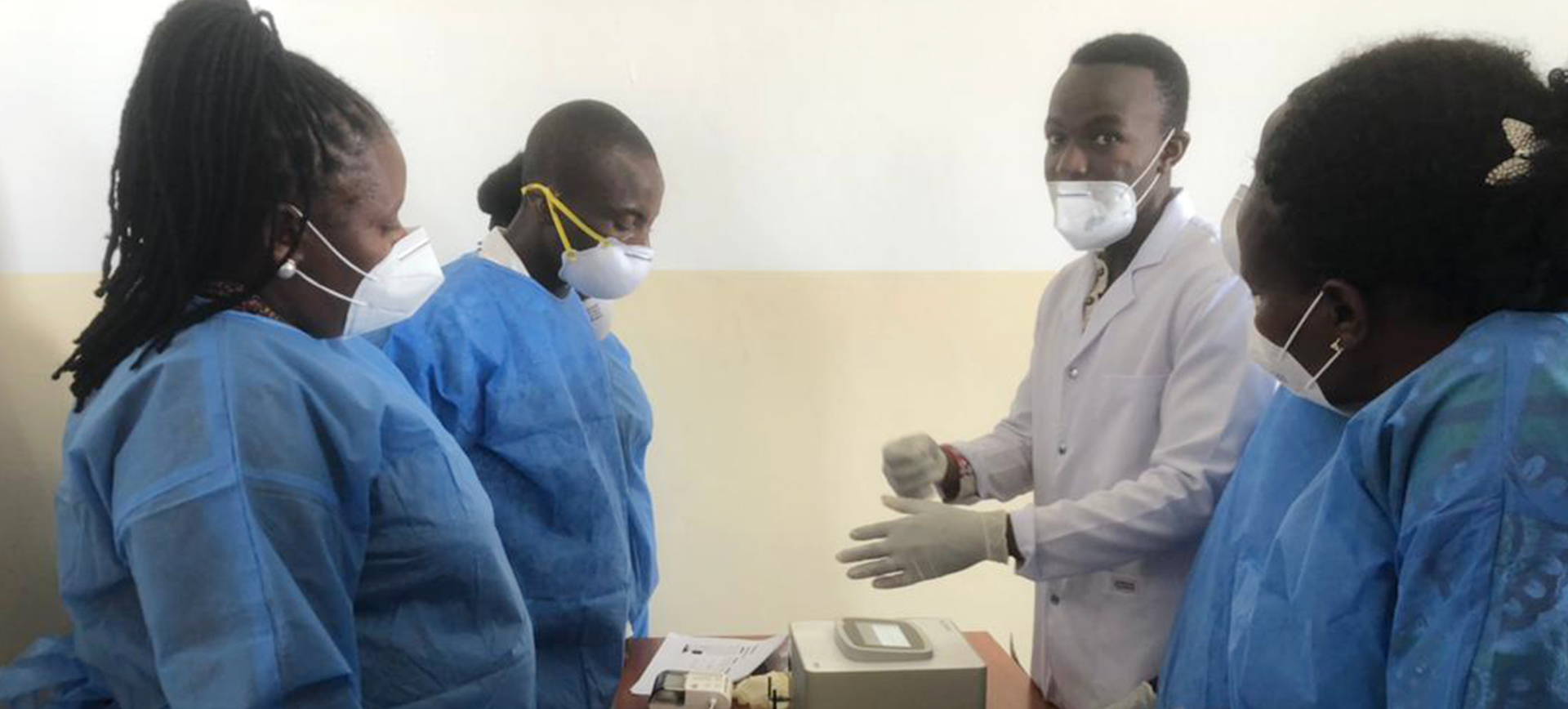Through the morning mist of Bantayan Islands, Dr. Maria Santos watches a small boat navigate the choppy waters. Inside, carefully protected in plastic tubs, rides the future of TB care in the Philippines – portable X-ray machines and molecular testing equipment that are changing the narrative around a disease that claims thousands of lives each year.
“When I first came here,” Dr. Santos recalls, her eyes scanning the horizon where islands fade into the sea, “I saw people spending their entire day’s wages just to reach the mainland for a chest X-ray. Many never came back for results. How could they? Another day’s wages lost to testing meant their children might go hungry.”
In a country ranked fourth globally with respect to reeling under TB burden, with 737,000 new cases annually and 41% going undiagnosed, these scattered islands posed a unique challenge. But a glimmer of hope shone through in September of 2022.
Dr. Samantha Tinsay, the Municipal Health Officer, vividly recalls those first weeks. “We turned entire basketball courts into clinics,” she says,. “School grounds became medical centers. Even during typhoon season, we kept going. Because every day spent waiting meant giving TB a day’s worth of a chance to spread in our communities.”
The figures were staggering. During a short span of six weeks, their team screened 1,774 community members. . Initial testing methods meant patients had to wait for around three weeks before they could get the results.. Now, diagnosis reports reach us in just two days. Additionally, owing to quick testing around 220 individuals were enrolled in immediate treatment which included 37 with confirmed bacterial infections.
One of the more famous faces behind this story of change is Manuel Reyes, a local fisherman. Standing on his small boat mending nets with trained hands, he narrates his own story: “I’ve been coughing for months, but how can I stop fishing for days to find a solution? My family needs to eat. Then they brought that X-ray machine to our village, and everything became possible. I got tested and started treatment on the same day. Now, I can fish again, and can even continue providing for my family.”
More than 41,000 people screened. More than 14,500 samples tested. Two thousand five hundred TB-positive cases discovered, and over 1,000 people advised to begin treatment anew. Communities that once tested a handful of people weekly now screen up to 200 individuals daily.
But the true revolution lies in how this was achieved. Battery-operated equipment means tests could happen even without stable power. Artificial intelligence helps analyze results where specialists are scarce. Local government partnerships ensure resources reach the most remote areas. Training programs create experts in every community.
“Sometimes it feels impossible,” admits a young healthcare worker, while securing equipment for another journey to a remote island. “Loading these machines onto boats, navigating through storms, setting up in whatever space we can find. But then you see a mother’s relief when her child gets diagnosed quickly, or a grandfather who can start treatment without traveling for days. That’s when you know – this is worth every challenge.”
The Department of Health has converted notice into quorum. What started in Bantayan Islands is becoming a model for the whole nation. In Dr. Tinsay’s words: “We’re not just diagnosing TB anymore. We’re changing the regime of how healthcare reaches people, one village at a time.”
At sunset, while another team loads their precious cargo onto a boat, Dr. Santos reflects on the visible changes. “You know what’s really powerful?” she asks. “It’s not just the technology. It’s the hope we bring with it. When people see us coming back, storm or shine, they know they’re not forgotten. That’s how you really fight TB – by showing up, by being there, by making sure everyone knows they deserve care, no matter where they live.”
A quiet revolution continues across the thousands of islands that comprise the Philippines- One boat, one test, one life at a time – to prove unreached that through dedication and innovation, no community is too remote to receive the care they deserve.
This impact story showcases how innovative diagnostic technologies, combined with dedicated healthcare workers and strong community engagement, can transform TB care delivery in challenging settings. The Philippines’ experience provides valuable lessons for other countries striving to reach the unreached in their fight against TB.





